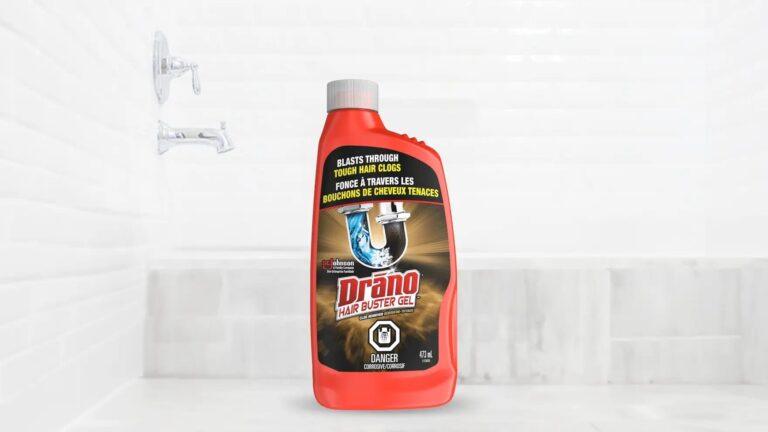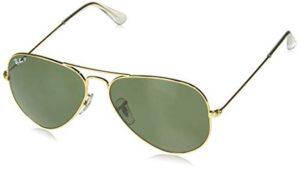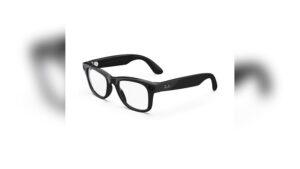Have you ever faced a stubborn hair clog slowing down your drain? It’s frustrating when water pools and won’t drain properly, and you might wonder if Drano is the quick fix you need.
But does Drano really work on hair clogs? Before you pour that bottle down your drain, it’s important to know what to expect. You’ll discover how Drano interacts with hair blockages, when it’s effective, and what alternatives might save you time and money.
Keep reading to find out the truth and protect your pipes from damage.
How Drano Works
Drano is a common solution for clogged drains. It works by breaking down the materials that block pipes. This section explains how Drano works on hair clogs.
Chemical Composition
Drano contains sodium hydroxide and bleach. Sodium hydroxide is a strong base. Bleach contains sodium hypochlorite. These chemicals react with organic material in clogs.
The formula also has aluminum shards. They help create heat when mixed with water. Heat speeds up the chemical reactions. This helps dissolve hair and grease faster.
Mechanism On Clogs
Hair clogs consist of keratin and oils. Sodium hydroxide breaks down keratin by changing its structure. It also dissolves fats and grease. The heat from the reaction melts these substances.
Bleach kills bacteria and prevents bad smells. The chemical action softens and breaks apart the clog. After a while, the clog loosens and water flows again.
Effectiveness On Hair Clogs
Drano is a popular choice for clearing blocked drains. Many people wonder if it works well on hair clogs. Hair can be tough to remove because it tangles and sticks inside pipes. Understanding how Drano reacts to hair helps decide if it is the right product to use.
Success Rates
Drano contains chemicals that break down some materials. It can dissolve small amounts of hair mixed with soap and grease. Many users report partial success after using Drano on hair clogs. It may clear slow drains or minor blockages. The product works faster if the clog is fresh and not too thick.
Limitations With Hair
Hair is made of keratin, a strong protein that resists chemicals. Thick hair clumps may not dissolve completely with Drano. The product might only soften the clog, not remove it fully. Old, compacted hair blockages often need mechanical removal. Using Drano repeatedly can harm pipes or cause buildup. Care is needed when treating hair clogs with chemical cleaners.
Potential Risks
Using Drano to clear hair clogs may seem easy. Yet, it carries some risks. Knowing these risks helps you decide if Drano is right for your drain issues.
Pipe Damage
Drano contains strong chemicals that can harm your pipes. Old or fragile pipes may wear out faster. Plastic pipes might melt or crack from the heat. Metal pipes can corrode over time. Repeated use of Drano can cause leaks and costly repairs. Small cracks may grow bigger after using Drano. Hair clogs may clear, but pipe damage can get worse.
Health Hazards
Drano’s chemicals are dangerous to touch or breathe. Skin contact can cause burns or irritation. Fumes may harm your eyes, nose, and throat. Mixing Drano with other cleaners can create toxic gases. Keep Drano away from children and pets. Always use gloves and work in a ventilated area. Accidental ingestion can cause serious health problems. Handle Drano with care to avoid injuries.
Alternative Methods
Sometimes Drano does not clear hair clogs fully. Alternative methods can help remove tough blockages. These options focus on physical and natural ways to fix drains safely. They work well without harsh chemicals. Try these methods to keep your drains flowing smoothly.
Mechanical Removal
Mechanical removal uses tools to pull out hair clogs. A drain snake or wire hanger works well. Insert the tool into the drain and twist gently. The hair will catch on the tool and come out. This method is simple and effective. It avoids chemicals and protects your pipes. Mechanical removal can clear deep clogs fast.
Natural Solutions
Natural solutions use safe ingredients to break down hair clogs. Baking soda and vinegar create a fizzy reaction. Pour half a cup of baking soda down the drain. Follow with half a cup of vinegar. Let it sit for 30 minutes, then flush with hot water. This mix helps dissolve grease and hair. It is eco-friendly and gentle on pipes. Natural solutions work best for minor clogs.
Safety Tips For Use
Using Drano to clear hair clogs can be helpful but requires caution. Safety matters most to avoid accidents or damage. Follow these safety tips to use Drano correctly and protect yourself and your pipes.
Proper use reduces risks and improves results. Read instructions carefully before starting. Wear gloves and eye protection to keep safe from chemicals. Use the recommended amount only. Pour Drano slowly to prevent splashes. Avoid mixing Drano with other cleaners. Let it sit for the suggested time. Flush the drain with hot water afterward to clear residue.
Proper Application
Always read product directions on the label first. Choose a well-ventilated area to work in. Use gloves to protect your hands. Pour Drano carefully, directly into the drain. Do not use more than the advised amount. Keep your face away from the drain to avoid fumes. Wait the full recommended time before flushing. Use hot water to rinse the drain well. Store Drano out of reach of children and pets.
When To Avoid Drano
Do not use Drano on old, damaged pipes. Avoid it if the clog is due to grease or solid objects. Never mix Drano with bleach or other chemicals. Do not use if the drain is completely blocked. Avoid using Drano in toilets or on septic systems. If unsure about pipe condition, call a plumber. Skip Drano if you have allergies to chemicals. If the clog returns, seek professional help instead.

Credit: www.heb.com
Frequently Asked Questions
Does Drano Effectively Clear Hair Clogs In Drains?
Drano can dissolve hair clogs but may not always be fully effective. Hair often tangles tightly, making it hard to break down. For severe clogs, mechanical removal or a plumber might be necessary.
Is Drano Safe To Use On All Drain Types?
Drano is generally safe for most household drains, including metal and PVC pipes. However, avoid using it on old or damaged pipes to prevent corrosion or damage.
How Long Should Drano Sit To Clear Hair Clogs?
Drano typically needs 15 to 30 minutes to work on hair clogs. For tough blockages, letting it sit longer or repeating the process may help.
Can Drano Damage Plumbing When Used For Hair Clogs?
When used as directed, Drano rarely damages plumbing. Overuse or mixing with other chemicals can cause pipe corrosion or harm septic systems.
Conclusion
Drano can help clear some hair clogs but not all. It works best on small blockages. Large or tough clogs may need other tools. Using Drano often may harm pipes over time. Always follow safety instructions when using chemical cleaners.
For stubborn clogs, consider a plumber or a drain snake. Keeping drains clean prevents hair buildup and blockages. Simple habits like using a drain cover help a lot. Choose the right method based on the clog’s size and type.

Madison Clark is a footwear expert and the voice behind MyStyleGrid.com. She specializes in honest shoe reviews, style tips, and practical guides to help readers find the perfect pair for any occasion. With years of experience in blogging and content creation, Madison makes footwear knowledge simple, stylish, and easy to follow.






